Specifications
| book-author | Jamie Ward |
|---|---|
| file-type | |
| isbn10 | 1138490520 |
| isbn13 | 9781138490529 ; 9781138490543 ; 9781351035187 |
| language | English |
| publisher | Routledge |
Book Description
“The Student's Guide to Cognitive Neuroscience” by Jamie Ward provides a comprehensive introduction to the field of cognitive neuroscience, catering specifically to students who are new to the subject. Here's an overview of what readers can expect from the fourth edition:
- Introduction to Cognitive Neuroscience: The book begins with an introduction to the basic principles and methodologies of cognitive neuroscience. It covers the historical development of the field, its interdisciplinary nature, and the tools and techniques used to study the brain and behavior.
- Neuroanatomy and Brain Function: Readers are introduced to the structure and function of the human brain. This section covers topics such as neuroanatomy, neural signaling, brain development, and the organization of sensory and motor systems.
- Sensory and Perceptual Processes: The book explores how the brain processes information from the environment, including visual, auditory, tactile, and olfactory perception. Readers learn about the neural mechanisms underlying sensation, perception, and attention.
- Memory and Learning: It delves into the cognitive processes involved in memory formation, storage, and retrieval. Topics covered may include working memory, long-term memory, episodic memory, semantic memory, and the role of the hippocampus and other brain structures in memory consolidation.
- Language and Communication: The text discusses the neural basis of language processing, including speech perception, language comprehension, production, and disorders such as aphasia. Readers learn about the organization of language areas in the brain and the neural mechanisms of language development.
- Executive Functions and Higher Cognitive Processes: This section covers higher-level cognitive functions such as decision-making, problem-solving, reasoning, planning, and cognitive control. Readers explore the neural substrates of executive functions and their role in goal-directed behavior.
- Emotion and Social Cognition: The book examines the neural basis of emotion processing, social cognition, empathy, theory of mind, and social behavior. Readers learn about the role of the amygdala, prefrontal cortex, and other brain regions in emotional and social processing.
- Clinical and Applied Neuroscience: It discusses clinical disorders and conditions that affect cognitive function, such as neurological diseases, psychiatric disorders, traumatic brain injury, and neurodevelopmental disorders. Readers also explore neuroimaging techniques used in clinical diagnosis and research.
- Recent Advances and Future Directions: The book concludes with discussions on recent advances in cognitive neuroscience and emerging research areas. Readers are introduced to cutting-edge technologies and methodologies and encouraged to consider future directions for the field.
“The Student's Guide to Cognitive Neuroscience” provides readers with a comprehensive and accessible introduction to the fascinating field of cognitive neuroscience, equipping them with the knowledge and tools to understand the neural basis of cognition and behavior.
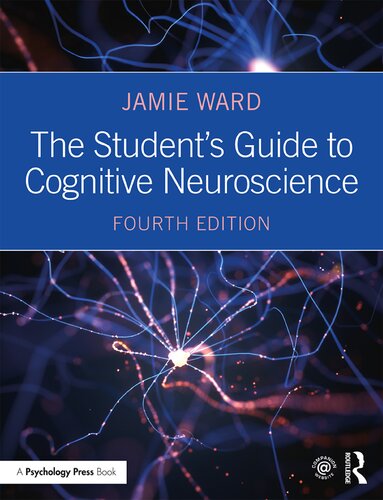
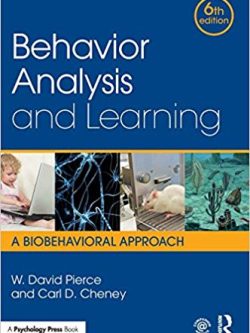


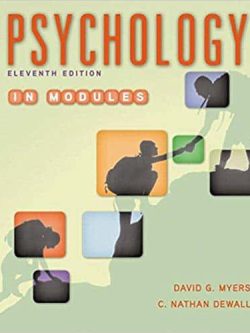


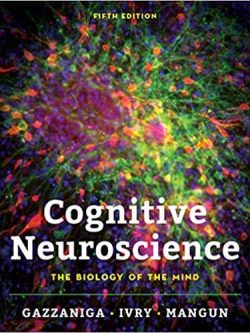

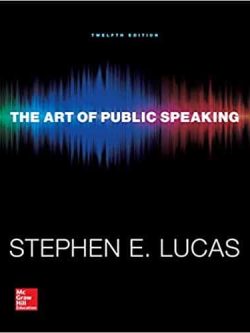



Reviews
There are no reviews yet.